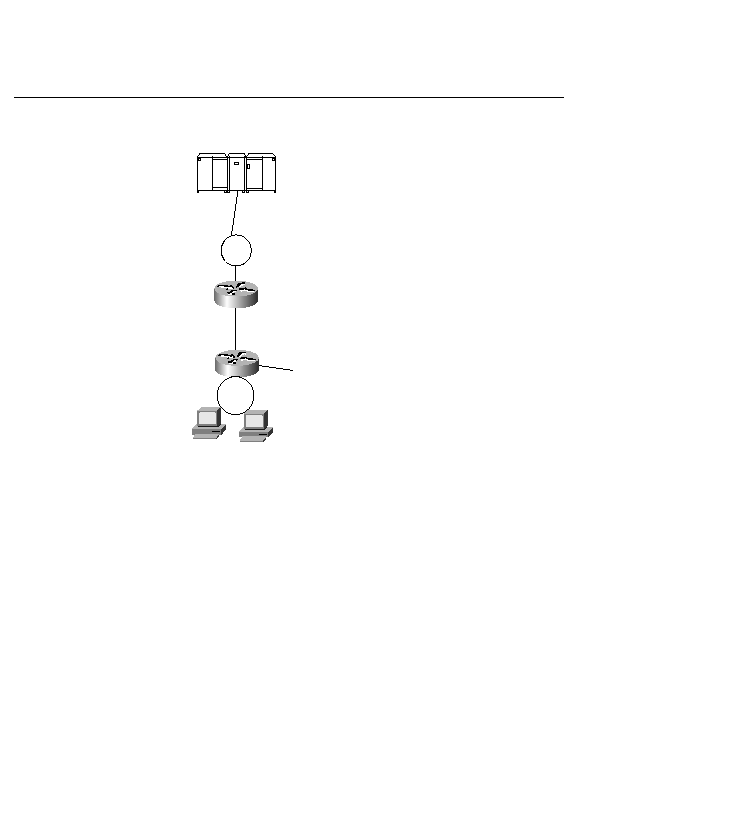
explorer packets are destined for a single FEP on a single ring. However, if the host to be
reached is a FEP on two rings (with a single locally administered address duplicated on
both rings), this feature selects a single path without the possibility of redundant paths from a
single router.
described as Token Ring over non-Token Ring media, or a means to transport SNA and
NetBIOS over an IP backbone. DLSw+ is a second-generation RSRB (Remote Source Route
Bridge). In the early 1990s, companies that deployed IP and SNA networks were on totally
separate networks--two trains on two tracks. IBM realized that these two networks would
eventually have to merge onto the same track. In 1993, IBM introduced its first attempt at
standardizing a formal IP encapsulation of SNA protocol, RFC 1434, as a formal specification
for DLSw, which would be one of the mechanisms used (Cisco has many proprietary flavors)
to merge these two technologies. About two years later, in 1995, IBM made some
improvements and introduced RFC 1795 as DLSw version 1. Around that time, Frame Relay
networks were exploding. Coupled with DLSw, they would provide a path for SNA/IP
integration.